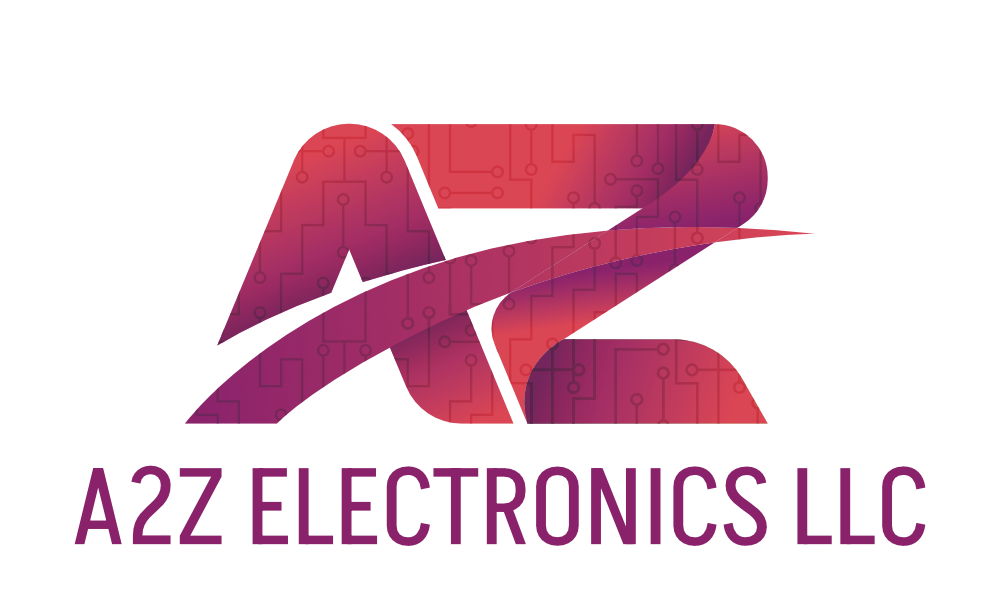
Every great electronics project starts with a strong foundation, and that foundation is the printed circuit board (PCB). But here’s the catch: to bring your ideas to life, you’ll need to navigate the world of PCB assembly. Should you focus on crafting the board itself, or jump straight to assembling the components?
Understanding the key differences between PCB fabrication vs. assembly can save you time, money, and a lot of headaches. Let’s find out everything you need to know to make the perfect choice for your next big idea!
What is PCB Fabrication?

PCB Fabrication is the process of creating the physical layout of a printed circuit board. It involves designing the board's structure and building it using various materials, layers, and finishes.
A printed circuit board fabrication typically starts with a design file and progresses through several steps to produce a physical board that can house electronic components. PCB fabrication ensures the structural integrity and durability of the board.
Benefits of PCB Fabrication
PCB fabrication offers several benefits, such as:
Customization
PCB fabrication allows you to design a circuit board tailored to your project's specific requirements.
Durability
Fabricated boards are robust, ensuring they perform well even under extreme conditions.
Precision
The process uses advanced machinery to achieve a high degree of accuracy.
Scalability
Whether it’s a prototype or a mass production run, PCB fabrication can adapt to your needs.
The PCB Fabrication Process
The PCB fabrication process involves several intricate steps that transform a design into a functional board. Here’s an overview:
Design and Material Selection
Engineers prepare the PCB layout using CAD tools and select appropriate materials.
Patterning and Etching
Copper sheets are etched to create pathways for electronic signals.
Layering and Lamination
For multi-layer boards, layers are pressed together under high heat and pressure.
Drilling and Plating
Holes are drilled for component mounting and plated to ensure conductivity.
Solder Mask Application
A protective layer is added to prevent short circuits.
Silkscreen Printing
Labels and markings are printed for easier assembly and troubleshooting.
Final Inspection
Thorough testing guarantees that the board aligns perfectly with the design specifications.
What is PCB Assembly?

PCB assembly involves mounting electronic components onto a fabricated board to make it fully functional. Known as printed board assembly, this stage transforms a blank PCB into a working circuit.
Whether it's a simple gadget or a complex machine, Printed circuit board assembly ensures all components are soldered and aligned perfectly to operate as intended.
Benefits of PCB Assembly
Here are the key benefits of PCB assembly that make it a vital step in bringing your electronics to life.
Component Integration
Ensures all parts are mounted accurately, reducing chances of malfunction.
Faster Prototyping
Enables quicker testing of ideas and designs.
Automation Options
Modern PCB assembly processes are automated, enhancing precision and efficiency.
Cost-Effectiveness
Streamlined processes minimize errors, saving time and resources.
The PCB Assembly Process
The PCB assembly process involves the following important steps:
Solder Paste Application
A stencil is used to apply solder paste on the Printed circuit board’s surface.
Component Placement
Automated machines place components like resistors, capacitors, and ICs on the board.
Reflow Soldering
The board passes through a reflow oven to melt the solder paste and secure components.
Inspection and Testing
Techniques like X-ray and automated optical inspection (AOI) are used to ensure quality.
Through-Hole Soldering (if applicable)
For components requiring holes, manual or wave soldering is performed.
Final Assembly
PCB Boards are cleaned, tested, and packaged for delivery.
PCB Fabrication vs. PCB Assembly: A Comparative Guide
Understanding the differences between fabrication and assembly is crucial for project success. While PCB fabrication vs assembly involves different stages of production, they are complementary processes.
Aspect | PCB Fabrication | PCB Assembly |
|---|---|---|
Purpose | Produces the physical board structure | integrates components onto the PCB board |
Key Processes | Etching, layering, and plating | Soldering, component placement |
Equipment Used | Drills, etching machines | Pick-and-place machines, reflow ovens |
Outcome | Blank circuit board | Fully functional electronic circuit |
How Do PCB Fabrication and Assembly Work Together?
The real magic happens when PCB fabrication and assembly are seamlessly integrated. Effective communication between these processes ensures design intent is realized without errors or delays.
For example:
A well-fabricated board ensures components fit perfectly during assembly.
Design files shared during fabrication can guide automated assembly processes, reducing misalignments.
This synergy guarantees high-quality products with minimal waste.
What to Choose? PCB Assembly or PCB Fabrication
When deciding between PCB manufacturing and assembly, it depends on your project’s phase and requirements.
Choose PCB Fabrication if:
You need a custom board design.
You’re in the prototyping stage.
The focus is on structural durability.
Choose PCB Assembly if:
You already have fabricated boards.
Your goal is to integrate components for a functional device.
Time efficiency is critical.
Conclusion
Put simply, both PCB fabrication and PCB assembly are indispensable in electronics manufacturing. While fabrication focuses on creating the board’s physical structure, assembly ensures it comes to life with integrated components.
By understanding their differences, processes, and benefits, you can make an informed decision that aligns with your project's needs. Whether you're crafting a prototype or scaling up production, the synergy of fabrication and assembly ensures a streamlined workflow and a high-quality final product.
At A2ZEMS, we know that every electronics project requires a seamless combination of precision and innovation. From expertly crafted PCB fabrication to efficient PCB assembly, we deliver top-quality solutions tailored to your unique needs. Contact us today!


Comments